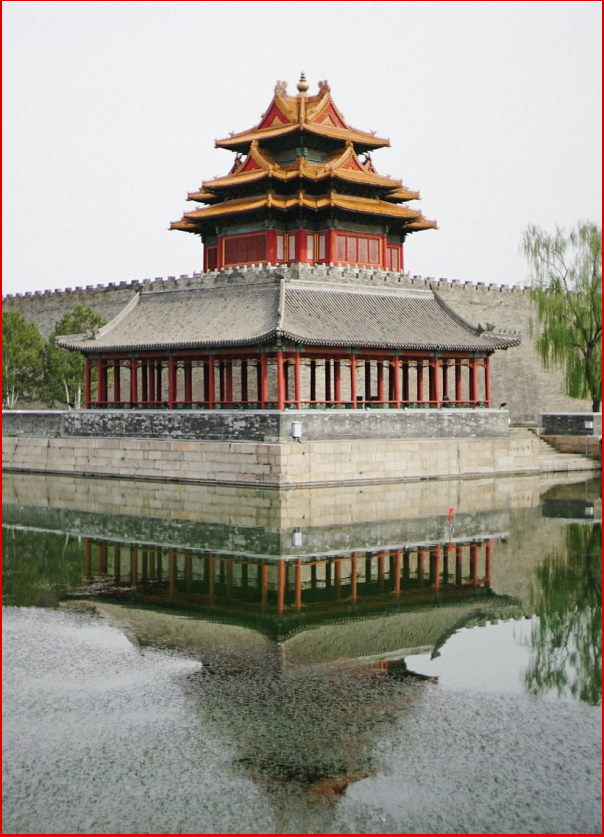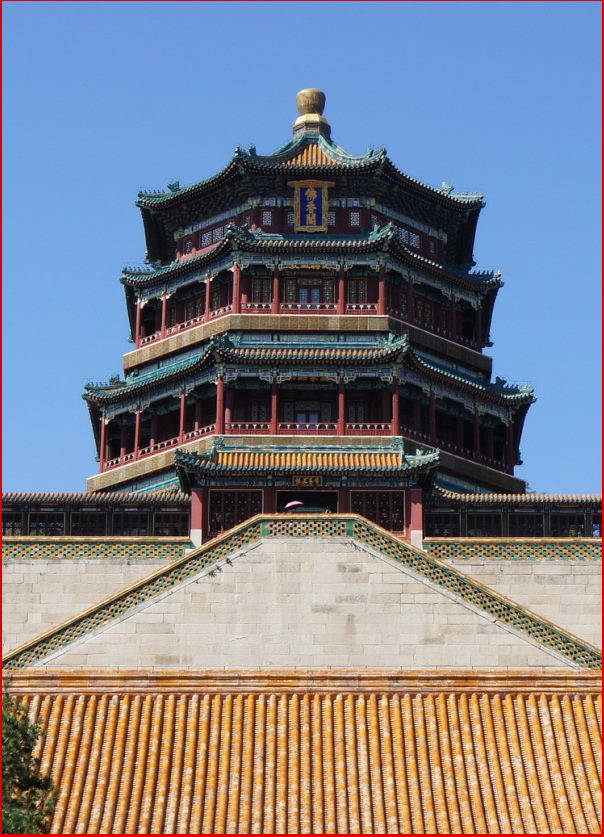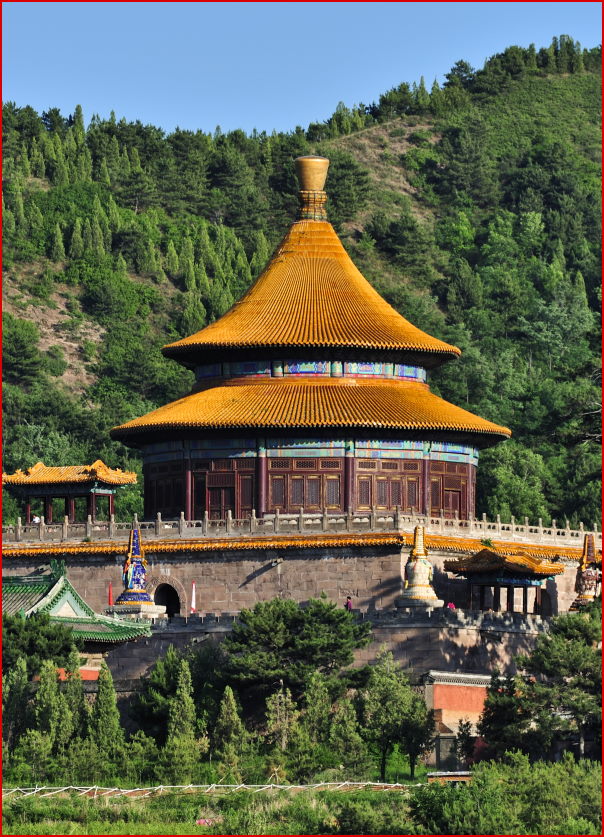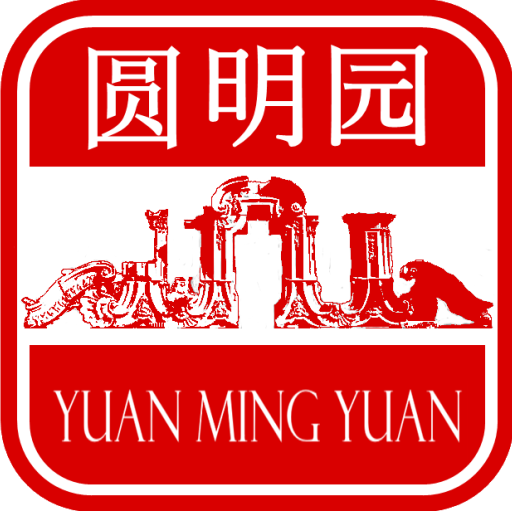The Imperial Palaces
Yuanmingyuan Palace is not the only imperial resort in China. Beijing is home to several imperial palaces.

The Forbidden City
The most famous imperial resort is of course the Forbidden City or ancient palace (故宫), located in the centre of Beijing. Twenty-four Emperors resided there from 1420 to 1911. However the first imperial palace had already been built in Beijing under the Jin dynasty (1115-1234), and a second one under the Yuan (1271-1368).
Construction of the current palaces began in 1406, under Emperor Yongle (永子 帝) of the Ming dynasty. He moved the imperial capital from Nanjing Empire to Beiping, which then took its current name, Beijing (capital of the north).
The Forbidden City covers 72 hectares, has 980 buildings, but unlike the Yuanmingyuan palaces where the Qing Emperors resided, the Forbidden City primarily served an official function where rites were performed.
The Summer Palace
Another imperial palace is the New Summer Palace located near Beijing and close to Yuanmingyuan. The origins of the Summer Palace or Palace of Preserved Harmony (颐和园) are ancient. As early as the Jin dynasty (1115-1234), the site was designed to accommodate water reservoirs for the city of Beijing. Gradually, several buildings and palaces were erected there.
From 1749 to 1764, under Emperor Qianliong, new artificial lakes were built, as well as gardens including the Gardens of Clear Ripples (清 漪 園) from 1749 to 1764, modelled on the West Lake of Hangzhou. The Summer Palace was also looted by Franco-English troops in 1860, but in 1886, Empress Cixi (慈禧) undertook to renovate it. It was looted a second time during the Boxer Rebellion and the Eight-Nation Alliance occupation of Beijing. However, it was quickly restored, and in 1914 the park was opened to the public.


Chengde Moutain Resort
During the same period as the Yuanmingyuan palaces, Chengde Mountain Resort (承德 避暑 山庄) was built about 200 km from Beijing. It was one of the summer resorts of Emperors Kangxi, Qianlong and Jiaqing who stayed in Chengde to escape the Beijing heat. Chengde Palace is also home to many gardens, and palaces of Mongolian, Tibetan and Manchurian inspiration.
During the sack of Yuanmingyuan, the Emperor took refuge at his resort in Chengde to escape from the Anglo-French troops.
These palaces are all listed as World Heritage Sites by UNESCO.
